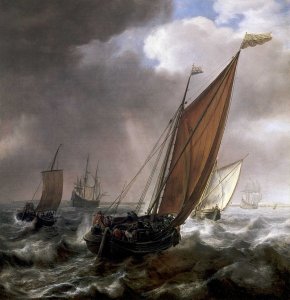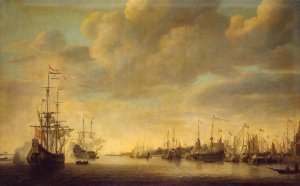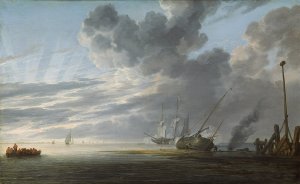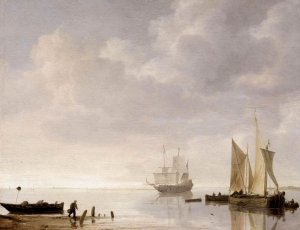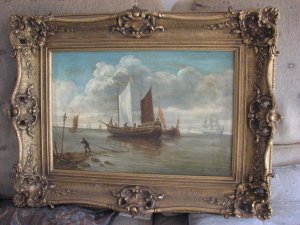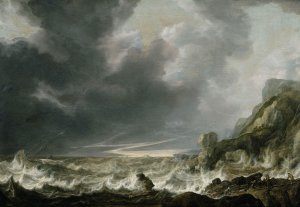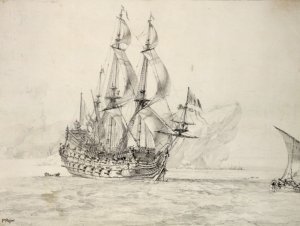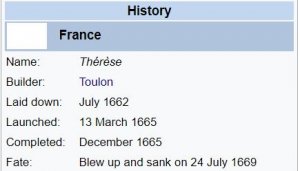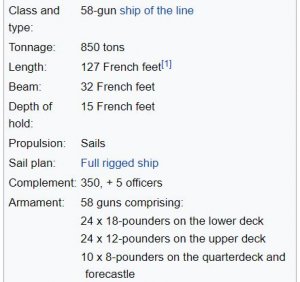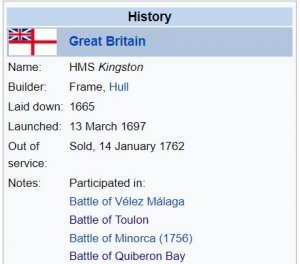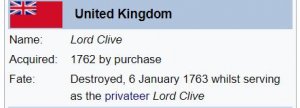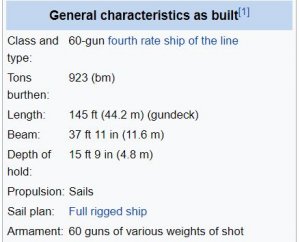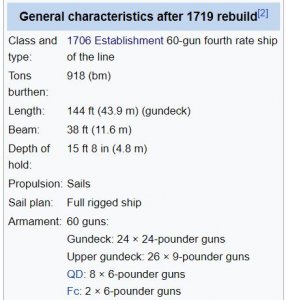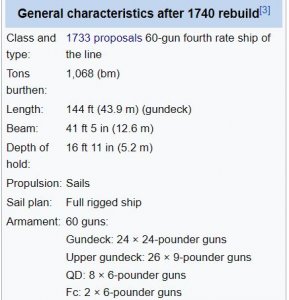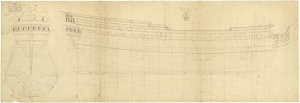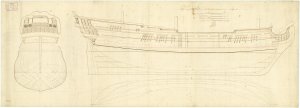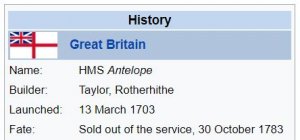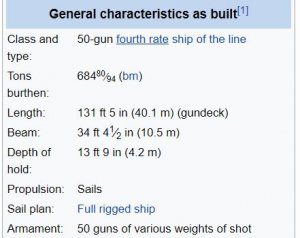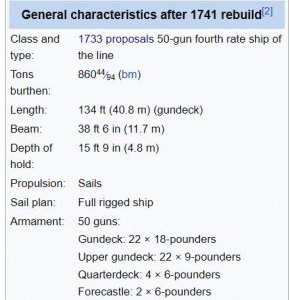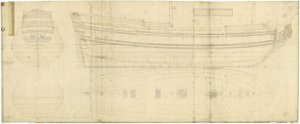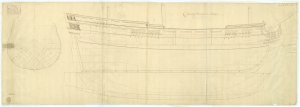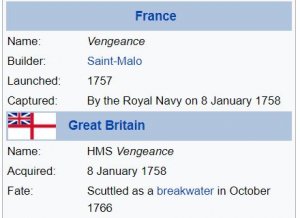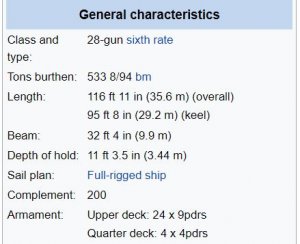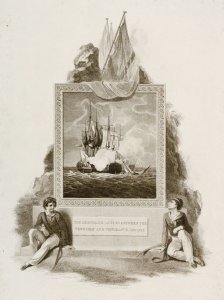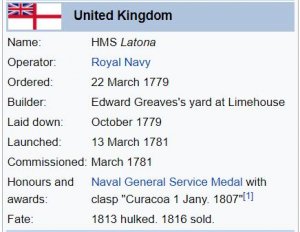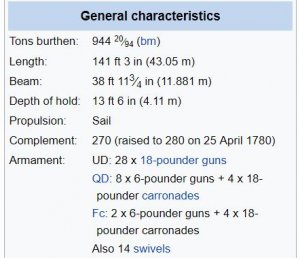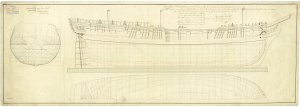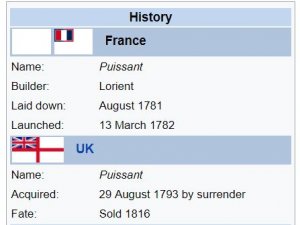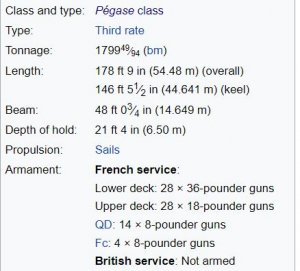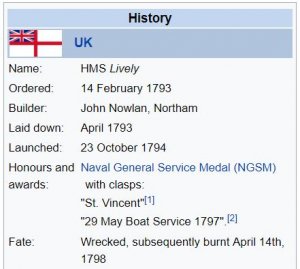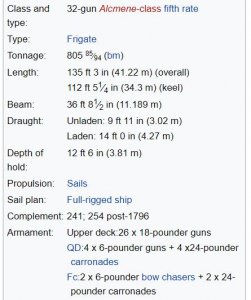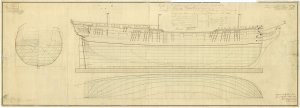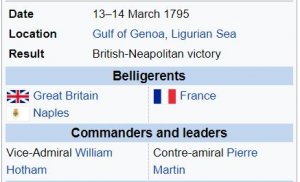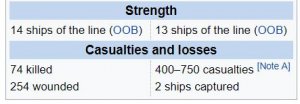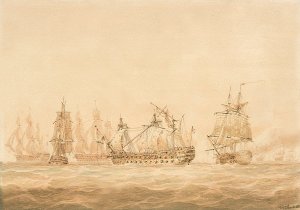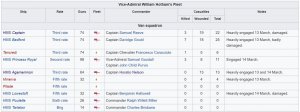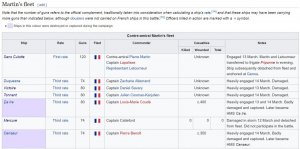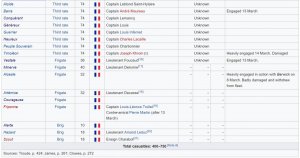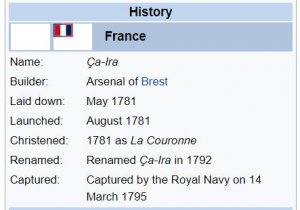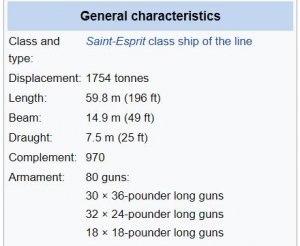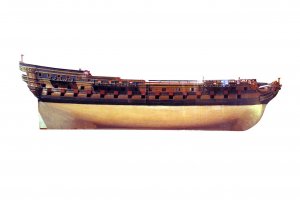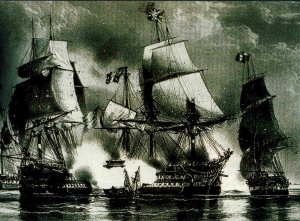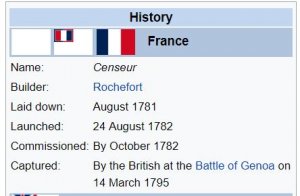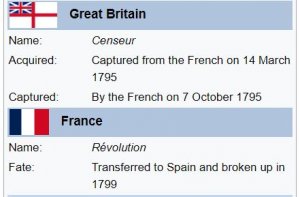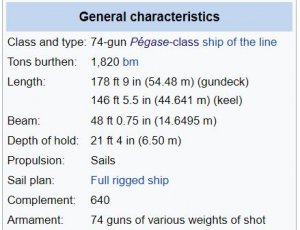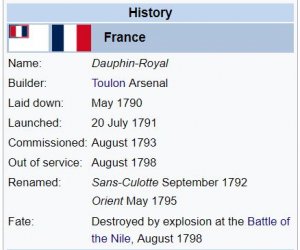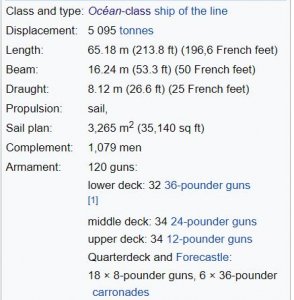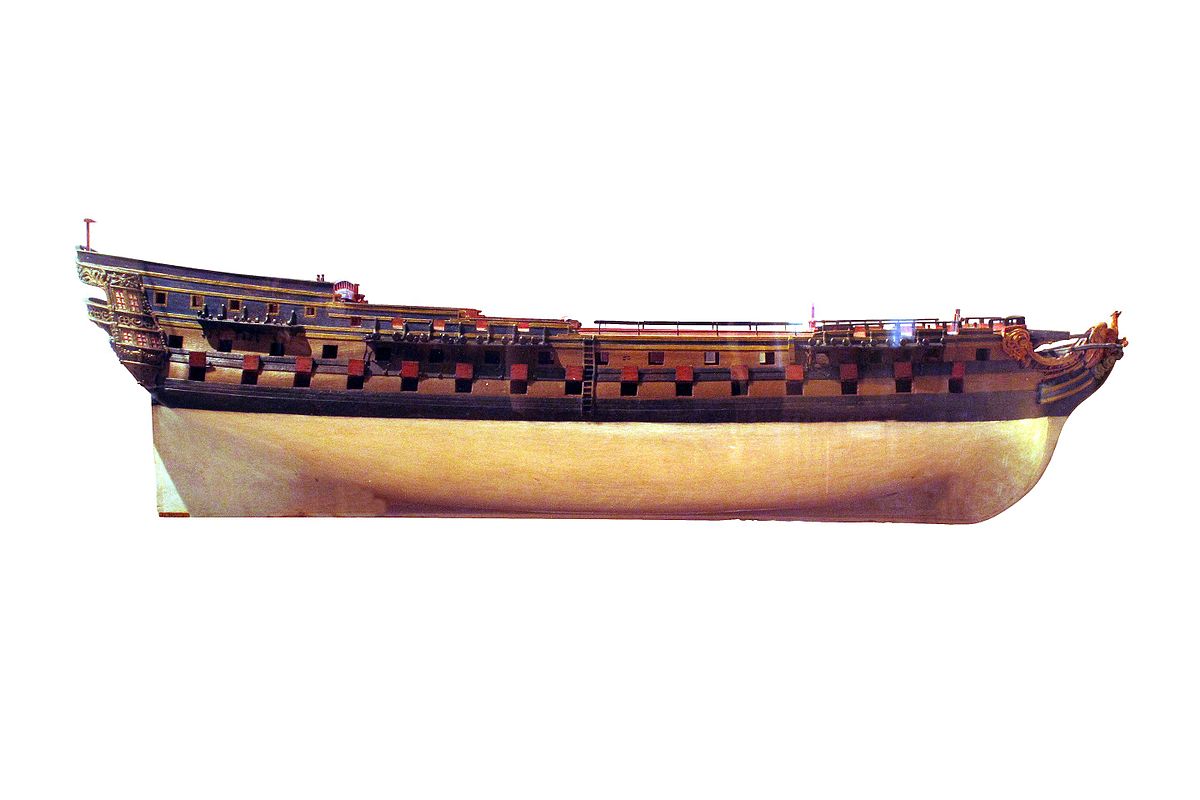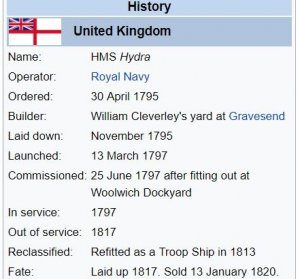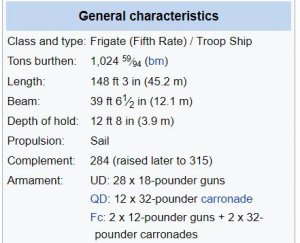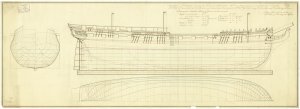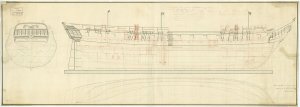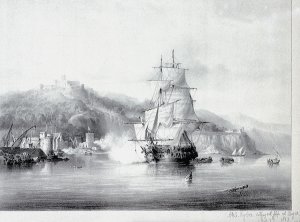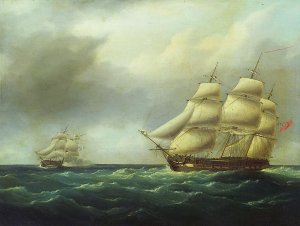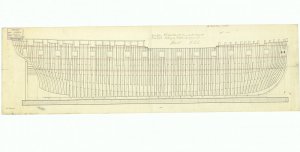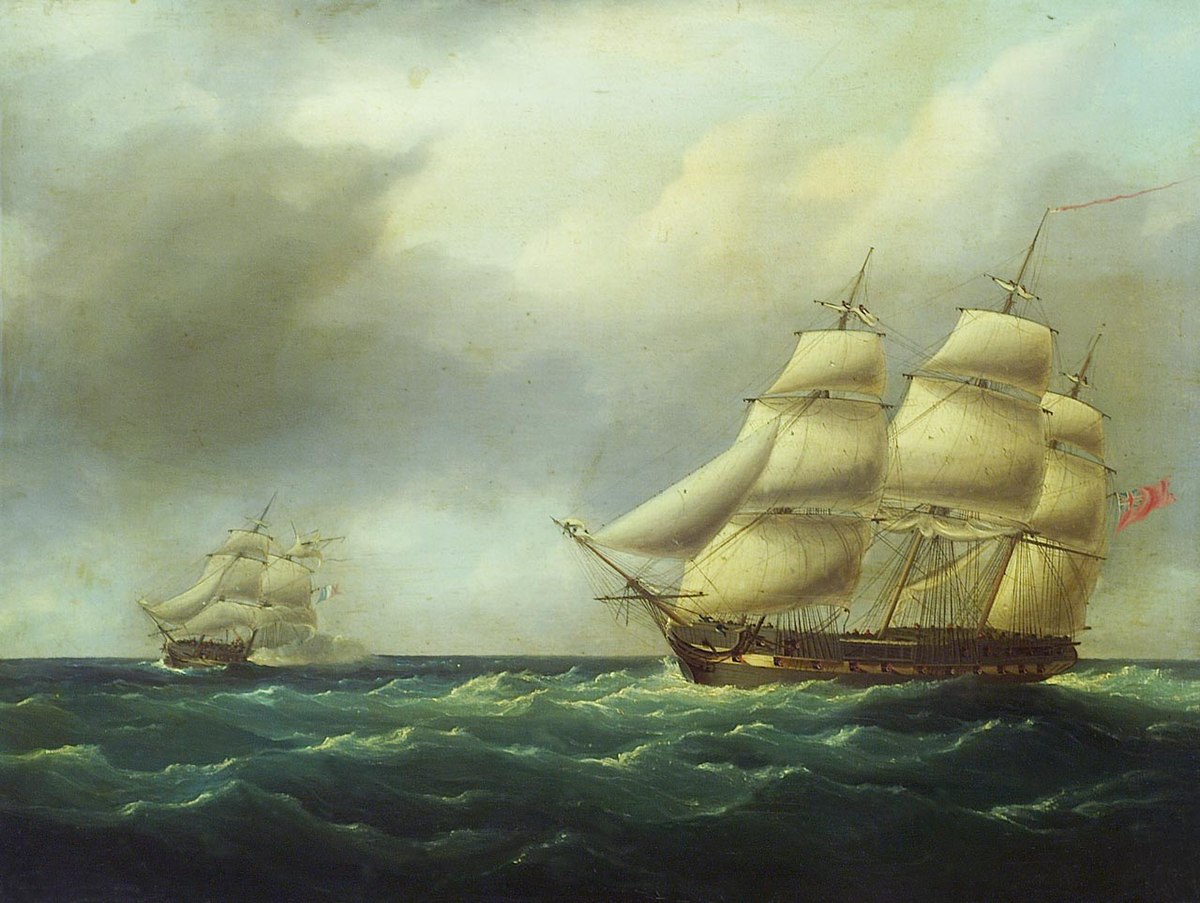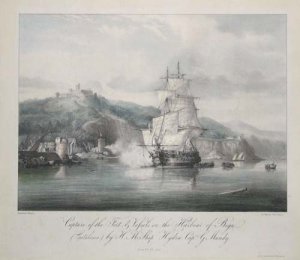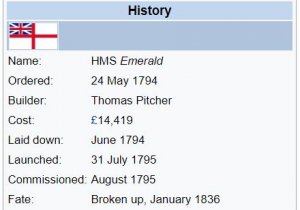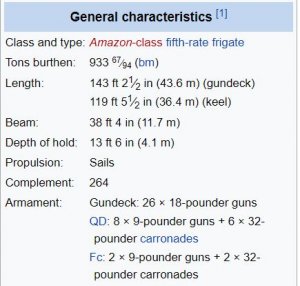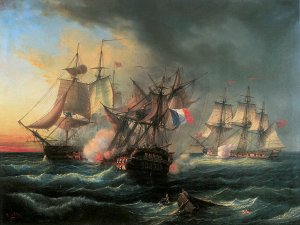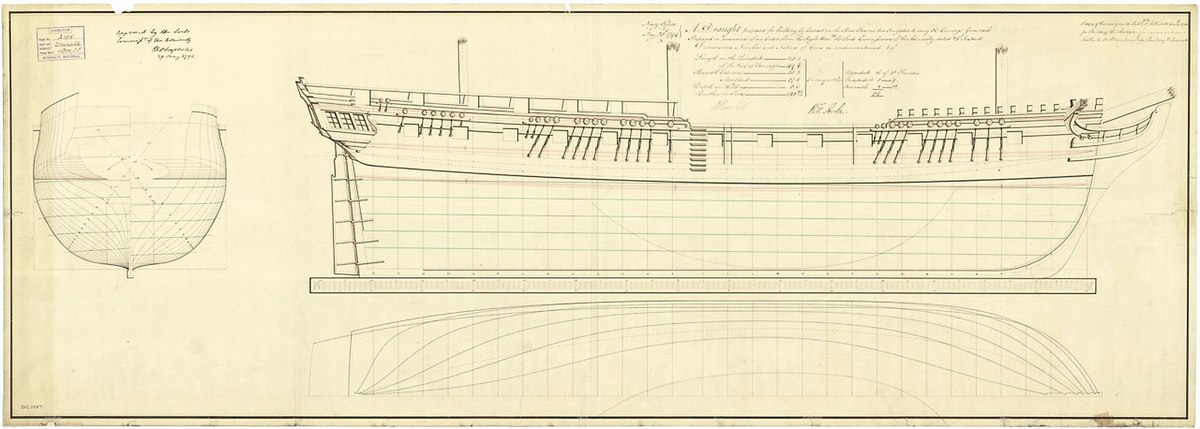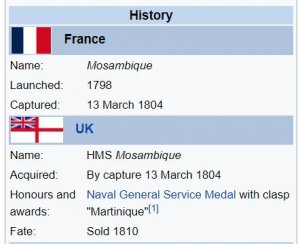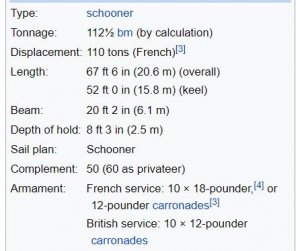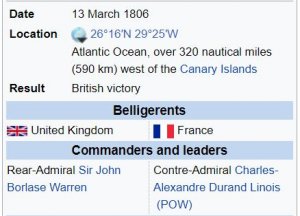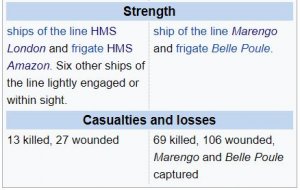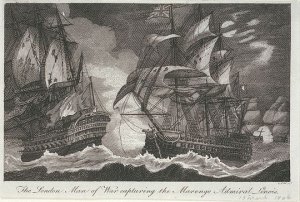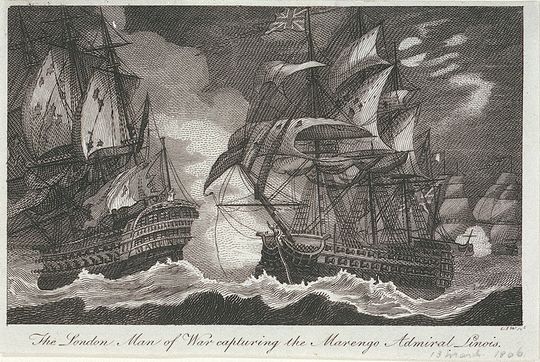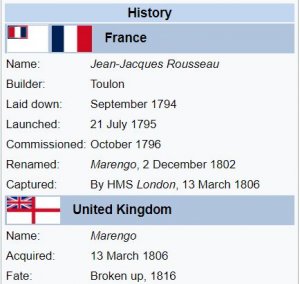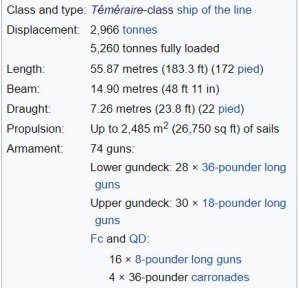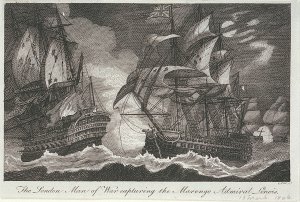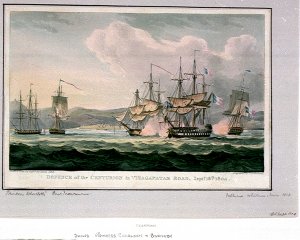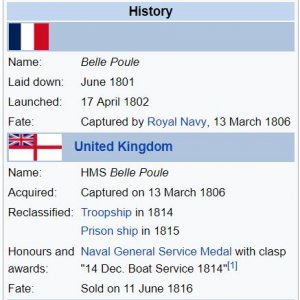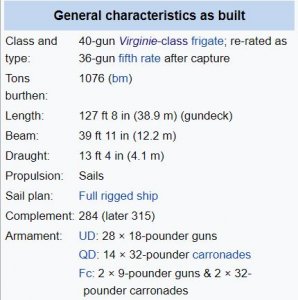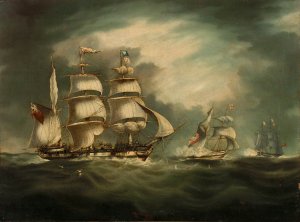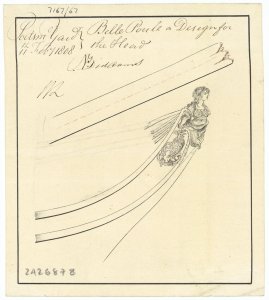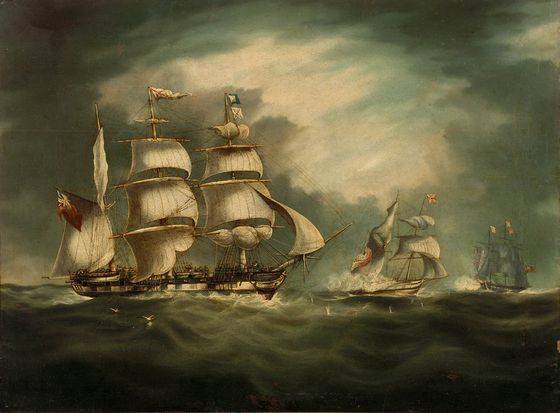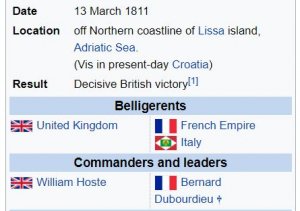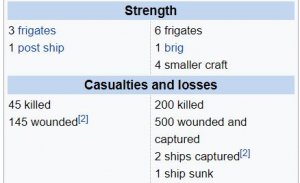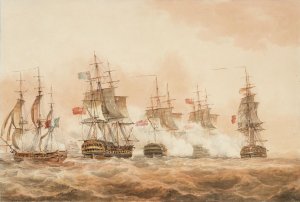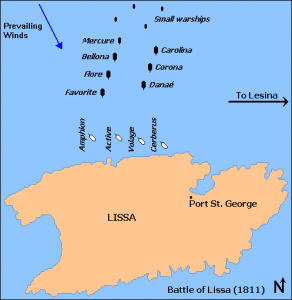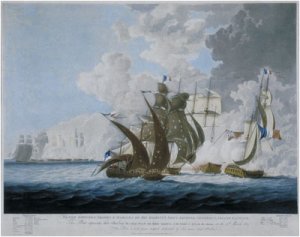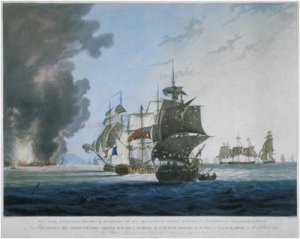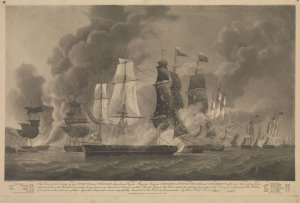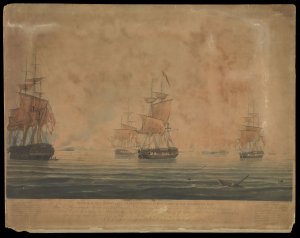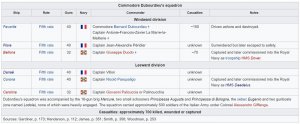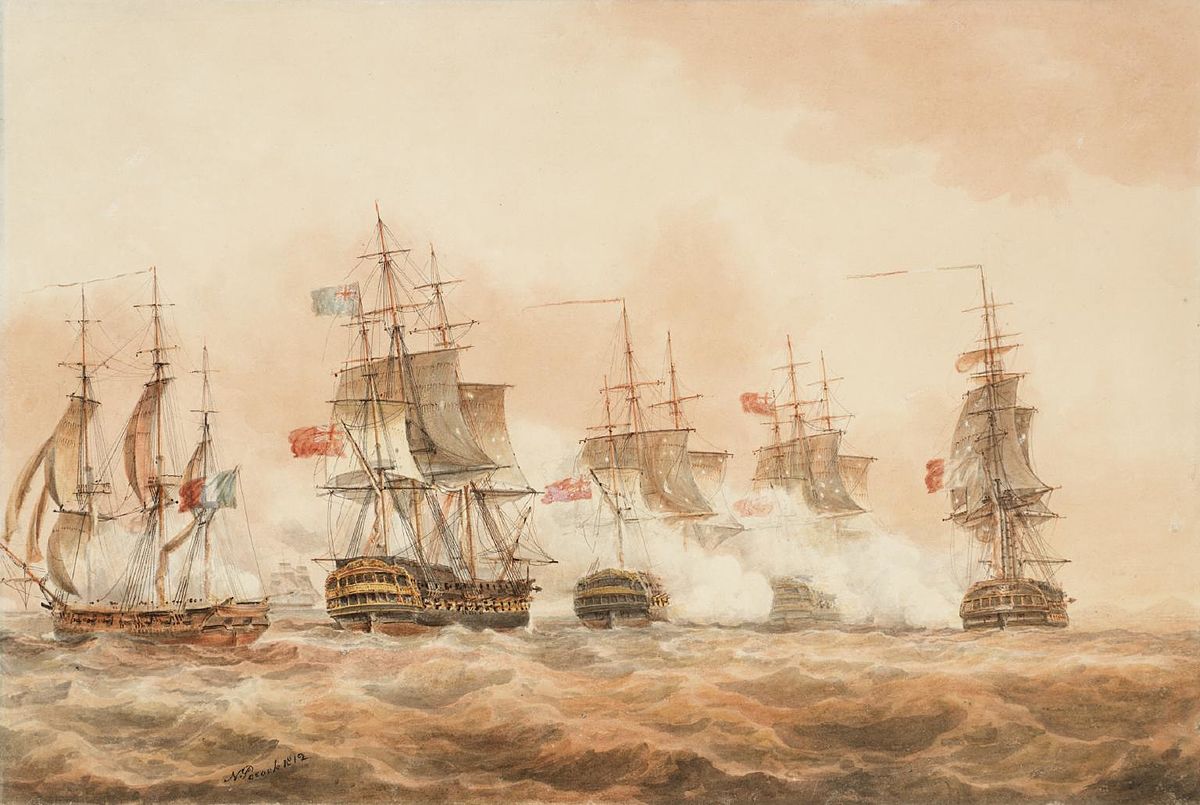Today in Naval History - Naval / Maritime Events in History
13 March 1780 - HMS Alexander (74) and HMS Courageux (74), Cptn. Charles Feilding, took french Monsieur.
HMS Alexander was a 74-gun
third-rate of the
Royal Navy. She was launched at
Deptford Dockyard on 8 October 1778. During her career she was captured by the French, and later recaptured by the British. She fought at the Nile in 1798, and was broken up in 1819. She was named after
Alexander the Great.
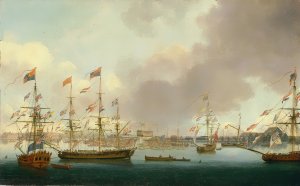
Launch of HMS
Alexander at Deptford in 1778 (BHC1875), by
John Cleveley the Younger (
NMM) - HMS
Alexander is the ship still on the
slipway, centre background
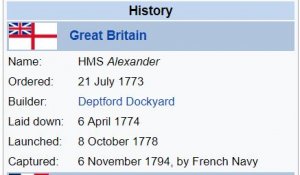

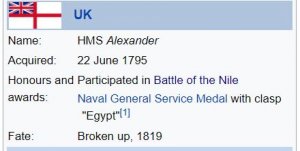
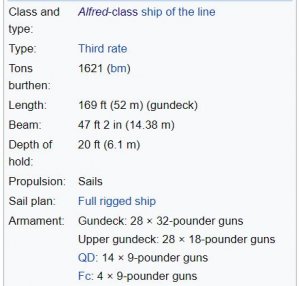 British service and capture
British service and capture
On 13 March 1780,
Alexander and
HMS Courageaux captured the 40-gun French privateer
Monsieur after a long chase and some exchange of fire. The Royal Navy took the privateer into service as
HMS Monsieur.
In 1794, whilst returning to England in the company of
HMS Canada after escorting a convoy to Spain,
Alexander, under the command of Rear-Admiral
Richard Rodney Bligh, fell in with a French squadron of five 74-gun ships, and three frigates, led by
Joseph-Marie Nielly. In the
Action of 6 November 1794 Alexander was overrun by the
Droits de l'Homme, but escaped when she damaged the
Droits de l'Homme's rigging.
Alexander was then caught by
Marat, which came behind her
stern and
raked her. Then, the 74 gun
third-rate Jean Bart closed in and fired
broadsides at close range, forcing Bligh to surrender
Alexander. In the meantime,
Canada escaped. The subsequent court martial honourably acquitted Bligh of any blame for the loss of his ship.
The French took her to Brest and then into their French Navy under the name
Alexandre. On 22 June 1795, she was with a French fleet off
Belle Île when the
Channel Fleet under
Lord Bridport discovered them. The British ships chased the French fleet, and brought them to action in the
Battle of Groix. During the battle
HMS Sans Pareil and
HMS Colossus recaptured
Alexander. After the battle,
HMS Révolutionnaire towed her back to Plymouth.
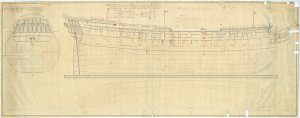
Scale: 1:48. Plan showing the body plan with stern board outline, sheer lines with inboard detail, and longitudinal half-breadth for
Alexander (1778), a 74-gun Third Rate, two-decker, as built at Deptford Dockyard.
Return to British service
The
Alexander took part in the
Battle of the Nile in 1798, under the command of Captain
Alexander Ball. She was the second ship to fire upon the French fleet, engaging the flagship,
L'Orient. The
Alexander sank three French ships before she had to withdraw due to a small fire on board. The
Alexander was one of the few ships not carrying a detachment of soldiers.
Northumberland,
Alexander,
Penelope,
Bonne Citoyenne, and the brig
Vincejo shared in the proceeds of the French
polaccaVengeance, captured entering
Valletta, Malta on 6 April.
Alexander served in the navy's Egyptian campaign between 8 March 1801 and 2 September, which qualified her officers and crew for the clasp "Egypt" to the Naval General Service Medal that the
Admiralty issued in 1847 to all surviving claimants.
Fate
From 1803 she was out of commission in
Plymouth, and was finally broken up in 1819.
HMS Monsieur was the former 40-gun French privateer
Monsieur, built at Le Havre between July 1778 and 1779, then armed at
Granville. The
Royal Navy captured her in 1780 and subsequently put her into service as a 36-gun
Fifth Rate. This
frigate was sold in 1783.
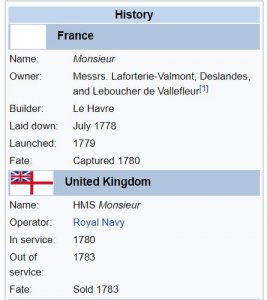
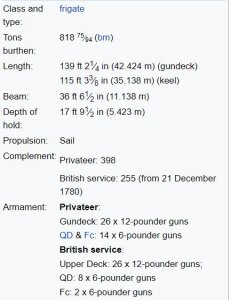 Privateer
Privateer
From August 1779 to March 1780, Nicholas Guidelou was her captain. On her first cruise, in the space of four months, he captured 28 prizes off the English and Irish coasts. Only three of his prizes were retaken, and he brought into port 543 prisoners and 120 cannon. King
Louis XVI honoured Guidelou with a sword and a letter of thanks.
On 28 March 1779,
Monsieur captured the Scots
letter of marque Leveller, off the harbour of
Cork. Two days later, five
leaguesoff Cape Clear,
Monsieur captured the
Polly, sailing for Liverpool. After
Polly was ransomed for 1250
guineas, the privateer let her continue her journey. The next day, 1 April, another French privateer fired at
Polly, but she was able to take refuge in the port of
Skibbereen.
On 14 August 1779
John Paul Jones led a small squadron consisting of
Bon Homme Richard,
Alliance,
Pallas,
Vengeance,
Cerf, and two privateers,
Monsieur and
Granville, out of
Groa. On 18 August they recaptured the Dutch vessel
Verwagting, which an English privateer had captured eight days earlier. She had been carrying brandy and wine from Barcelona to Dunkirk. During the night
Monsieur's captain took what he wanted from the prize, and then sent her off to Ostend under his name and with his prize crew. Jones overhauled the prize, put his own prize crew aboard, and sent her off to
Lorient under his orders. The next evening
Monsieur left Jones's squadron.
Granville left either at the same time or soon thereafter.
On 22 January 1780, the
Lively was sailing from London to Liverpool when she fell victim to the Irish pirate vessel
Black Prince.
Lively escaped only to fall victim to
Monsieur two days later.
Monsieur took all the crew out of
Lively, except for three boys, and put a 13-man prize crew aboard. On 4 February, the boys recaptured the ship while almost the entire prize crew was asleep. The next day they sailed to
Kinsale where the
letter of marque Hercules took possession.
Capture
On 12 March 1780 the
Third Rate Alexander, under the command of Captain
Lord Longford, was west of
Scilly when she spotted a frigate.
Alexander gave chase and after 18 hours got within range, at which time the quarry raised French colours. The two vessels exchanged fire for some two hours, the quarry using stern chasers to answer
Alexander's bow chasers. As
Alexander pulled alongside the quarry,
Alexander's fore-top-mast simply fell over due to rot. Fortunately,
Courageux, Captain Charles Fielding, had joined the engagement and she took up the chase. Some time and some firing later, the quarry
struck. She turned out to be the
Monsieur, of
Granville, under the command of Jean de Bochet. She was armed with 40 guns, 12-pounders on the gundeck and 6-pounders on the quarterdeck and forecastle, and had a crew of 362 men. She was eight days out of Lorient but had taken no prizes. Longford described her as "a very fine frigate, almost new".
British service
The prize was brought into
Portsmouth harbour on 19 March, a week after her capture, and the Admiralty decided to take her into service. She was refitted for Royal Naval service at a cost of £8,364 between May and October 1780, and re-armed as a 36-gun frigate.
The Royal Navy commissioned her as HMS
Monsieur under the command of Captain
the Honourable Charles Phipps in July 1780. On 10 December,
Monsieur, in company with
Vestal,
St Albans,
Portland, and
Solebay captured
Comtess de Buzancois. A few days later, on 15 December,
Monsieur captured the French cutter
Chevreuil.
Chevreuil, of
Saint-Malo, was armed with twenty 6-pounder guns, had a crew of 116 men, and had been launched on 1 March 1779.
In 1781,
Monsieur, now commanded by Captain the Honourable Seymour Finch, was serving with Vice-Admiral
Darby's Channel Fleet. She therefore participated in the
relief of Gibraltar, with the fleet sailing from Spithead on 13 March and arriving at Gibraltar on 12 April. At some point, vessels of the Fleet engaged Spanish
gunboats off Cadiz, during which
Monsieur and
Minerva had some men badly wounded.
Monsieur was among the many ships of Darby's fleet that shared in the prize money for the capture of
Duc de Chartres, the Spanish frigate
Santa Leocadia, and the French brig
Trois Amis.
On 9 October 1781,
Monsieur,
Minerva, Captain Charles Fielding,
Flora and
Crocodile captured the American privateer
Hercules, of 20 guns and 120 men. The next day
Minervaand
Monsieur captured the American privateer
Jason, of 22 guns.
Minerva captured the privateer
Wexford, which was six weeks out of Boston and had captured nothing. All three privateers were taken off
Cape Clear Island, Ireland, and taken into
Cork.
On 12 December at the
Second Battle of Ushant, Admiral
Richard Kempenfelt captured 15 French transports.
Monsieur was among the many vessels that shared in the prize money for the
Emille Sophie de Brest and the
Margueritte, and presumably other prizes.
In the middle of July 1782,
Monsieur was in a squadron of four
third rates and three frigates under the command of Captain Reeve, in the recently launched
Crown, as commodore. In the Bay of Biscay the squadron captured three prizes: the
Pigmy cutter, the
Hermione, a victualler with 90 bullocks for the combined fleet, and a brig carrying salt.
Fate
Following the conclusion of the war,
Monsieur was paid off at Deptford in March 1783. She was sold for £820 on 25 September of that year.
Courageux was a heavy 74-gun
ship-of-the-line of the
French Navy, launched in 1753. She was captured by the Royal Navy in 1761 and taken into service as
HMS Courageux. In 1778, she joined the
Channel Fleet and later, was part of the squadron commanded by
Commodore Charles Fielding, that controversially captured a Dutch convoy on 31 December 1779, in what became known as the
Affair of Fielding and Bylandt. On 4 January 1781,
Courageux was west of
Ushant, when she recaptured
Minerva in a close range action that lasted more than an hour. The following Spring,
Courageux joined the convoy, under
George Darby, which successfully relieved the besieged
Gibraltar.

Scale: 1:48. Plan showing the body plan with stern board decoration and name in a cartouche on the counter, the sheer lines with inboard detail and figurehead, and the longitudinal half-breadth for
'Courageux' (1761), a captured French Third Rate, as taken off prior to fitting as a 74-gun Third Rate, two-decker at Portsmouth Dockyard.
At the start of
French Revolutionary War,
Courageux took part in the blockade and subsequent occupation of
Toulon. In September 1793, she was sent with a squadron under
Robert Linzee, to support an insurrection in
Corsica and took part in the unsuccessful attack on
San Fiorenzo. When Toulon was evacuated,
Courageux was in a state of disrepair and was forced to warp out of her mooring without a rudder. She was however able to complete repairs while she rescued allied troops from the waterfront. At the
Battle of Genoa in March 1795, she was instrumental in the capture of the French ships
Ça Ira and
Censeur but at the subsequent
Battle of the Hyères Islands, she was so slow getting into the action that by the time she arrived, the order had been given to disengage.
In December 1796,
Courageux was with the
Mediterranean fleet, anchored in the bay of Gibraltar, when a great storm tore her from her mooring and drove her onto the rocks of the
Barbary coast. Of the 593 officers and men that were on board, only 129 escaped; five by means of a launch, and the rest by clambering along the fallen mainmast to the shore.

en.wikipedia.org

en.wikipedia.org

en.wikipedia.org
